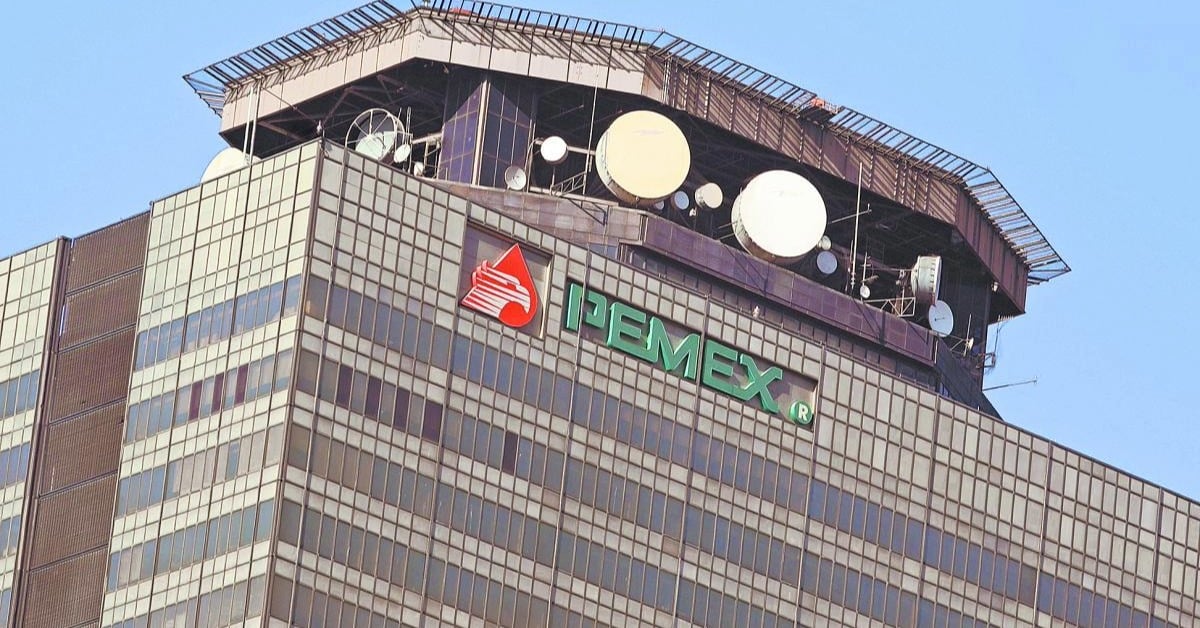Mexico’s new energy plan aims to make Pemex financially self-sufficient by 2027 through debt reduction and targeted investment . . .


Mexico’s new energy plan aims to make Pemex financially self-sufficient by 2027 through debt reduction and targeted investment . . .
